To this very day, Adrian Newey believes it was illegal and should have been banned, and that in fact, it was only permitted to teach McLaren and Ferrari a lesson as part of a lesson being handed by FIA president Max Mosley.
Of all the technical developments in F1 down the years, perhaps none has been as controversial as the double-diffuser which Brawn, Toyota and Williams all ran on their launch-spec 2009 cars.
Protests were launched, FIA hearings were organised, but in the end, the device was declared legal.
In part, Jenson Button has it to thank for his fairytale 2009 title win with Brawn. This is the story of the double-diffuser.
Viewed by others:
How the double-diffuser came to be
For 2009, F1 cars looked drastically different from their 2008 cousins after all of the aerodynamic appendages were stripped and the cars took on more of a 'box' shape.
As all good regulation changes intend to do, but rarely deliver, the pecking order was drastically shaken up with the new rules, which also featured the reintroduction of slick tyres for the first time since 1997.
Ferrari, McLaren, and BMW all got the new rules wrong and slipped down the order to become back-markers, in part due to the fact that the first two in particular had poured massive resources into trying to win the 2008 titles - coming away with one apiece after Lewis Hamilton's last gasp drivers' success in Brazil.
Meanwhile, Red Bull finally looked to be on the up, but it was the Brawn team that stole most of the headlines in pre-season testing with some remarkably quick times for a team which had risen from the Honda ashes after it withdrew.
Williams and Toyota were also up there competing, and all three had one advantage over the rest: a double-diffuser.
The diffuser is the part of the car at the rear which channels air underneath to help create downforce and grip - but the spirit of the 2009 regulations had been to slash downforce - this making the cars harder to drive.
As then-Brawn CEO Nick Fry would later reveal, the idea for a double diffuser first came about after a Honda engineer, Saneyuki Minegawa read the new rules in his second language.
The rules stated that the 2009 diffusers had to be 1000mm wide, 175mm tall and 350mm long, but Minegawa had spotted a loophole in Article 3.12.7 of the rules.
Article 3.12.7 of the 2009 F1 technical regulations
No bodywork which is visible from beneath the car and which lies between the rear wheel centre line and a point 350mm rearward of it may be more than 175mm above the reference plane. Any intersection of the surfaces in this area with a lateral or longitudinal vertical plane should form one continuous line which is visible from beneath the car.
The double-diffuser hits the track
In essence, Minegawa's loophole meant that it was possible to increase the volume of the diffuser and a bigger diffuser meant more downforce and a quicker car.
It all rested on the poorly-written rule, which as written meant that the car only had to follow the letter of the rules in one dimension, and if you give an F1 team an inch...
It was not only Honda/Brawn that had spotted this, with Toyota and Williams following suit as the field rocked up to Melbourne for the Australian Grand Prix.
Now, as ever in F1, when a team (or in this case three) show up with a new technical invention, two things happen at the same time.
Firstly, the other teams who have either completely missed the trick or can't figure out how to get it onto their own car will lodge a protest with the FIA and the stewards.
Whilst they are doing that, they are also putting the factory into over-drive to try and come up with their own version, so that if the part is deemed legal, it can be put onto their car in double-time.
This is what happened with the double-diffuser. The three teams were protested in Australia by Ferrari, Renault, and, crucially Red Bull.
Button won from Rubens Barrichello in a Brawn one-two, and he followed that up again with victory in a rain-shortened Malaysian GP next time out, but both were under appeal.
The Melbourne stewards had deemed the double-diffuser legal, but the FIA heard a hearing after the Chinese GP, in which Button finished third as Sebastian Vettel won Red Bull's first-ever race, with Newey already back in Milton Keynes to work on Red Bull's own version.
The FIA ultimately declared the double-diffuser legal as Button would go onto win six of the first seven races to hold a commanding lead in the championship.
But after Red Bull had finally managed the complex task of re-engineering its RB5 to accept a double-diffuser it came on strong, steadily eating into the Button/Brawn lead.
In the end, Button crawled over the line to take the 2009 title, with Vettel hot on his heals, but by 2011, and with F1 now into the Vettel era, double-diffusers were banned.
The next hot topic became blown-exhausts, with the usual helping of a flexi-wing saga thrown in as well.
Also interesting:
Join RacingNews365's Ian Parkes, Sam Coop and Nick Golding, as they discuss Toto Wolff seeing Lewis Hamilton in red for the first time and former F1 driver Johnny Herbert's exit from the FIA as a race steward. Ford's growing presence at Red Bull is also discussed.
Rather watch the podcast? Then click here!
Don't miss out on any of the Formula 1 action thanks to this handy 2026 F1 calendar that can be easily loaded into your smartphone or PC.
Download the calenderMost read
In this article
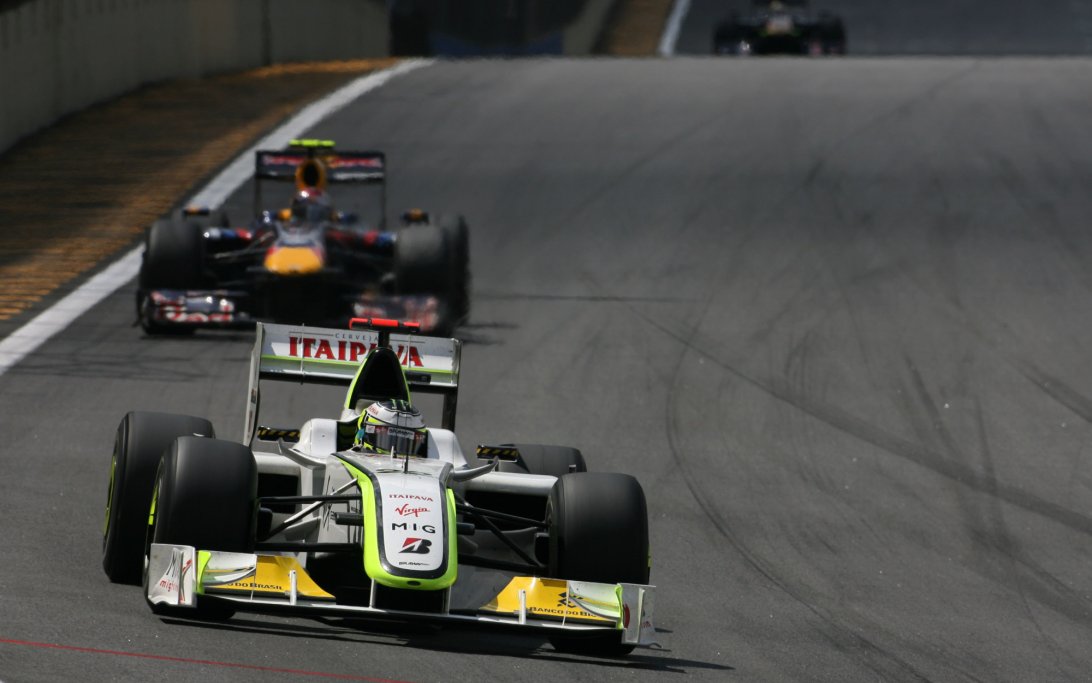
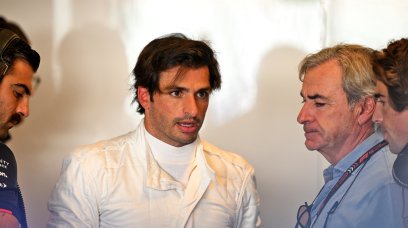
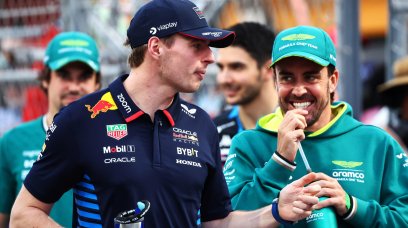
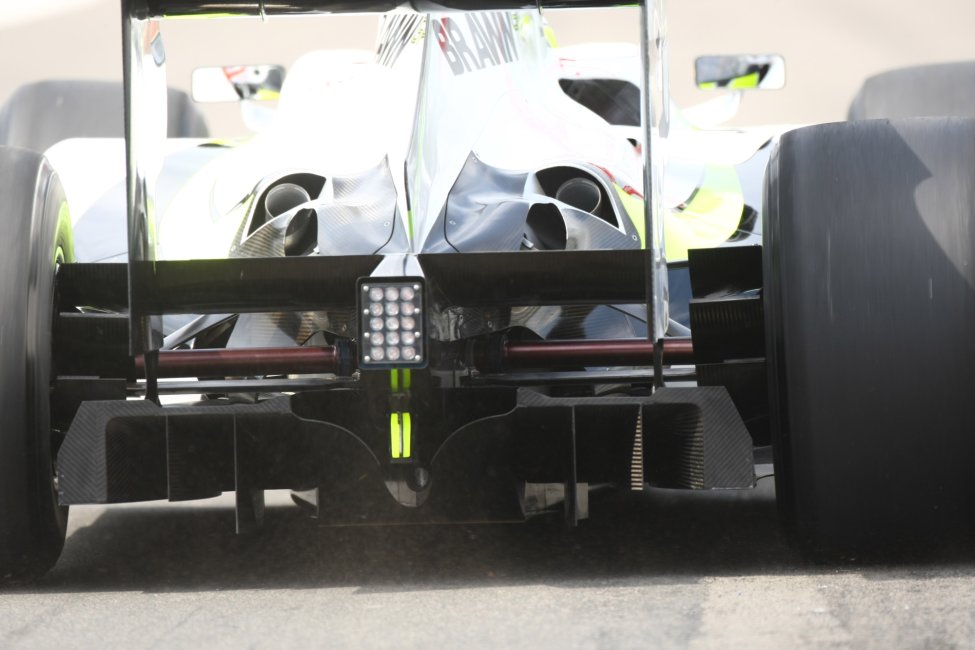



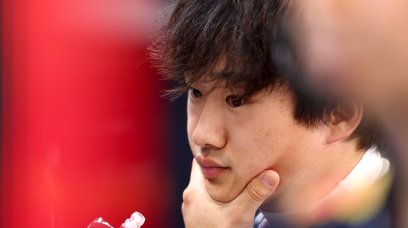
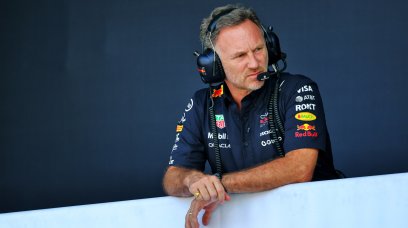


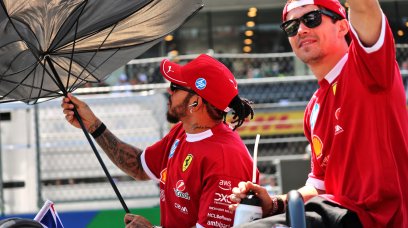
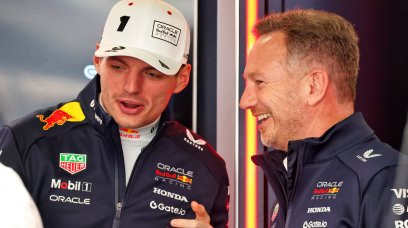
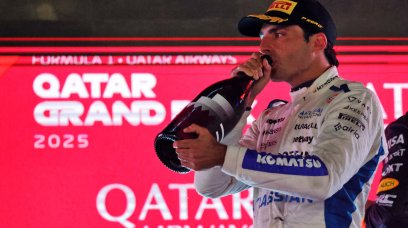
Join the conversation!